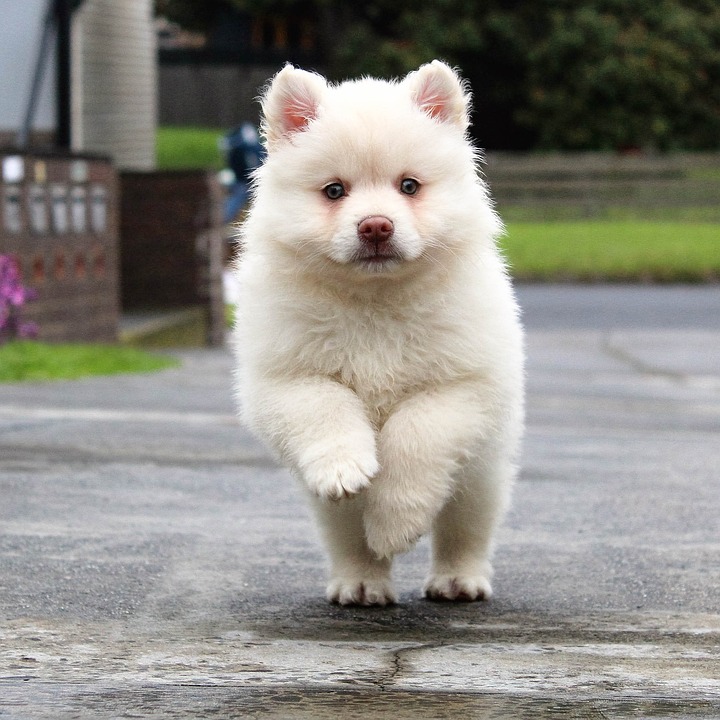Flyball is a thrilling and fast-paced dog sport that involves relay racing. In order to succeed in competitive flyball, dogs must undergo thorough training to master the necessary skills. This article will provide essential training tips to help you and your dog excel in this exciting sport.
Firstly, it’s important to understand the basics of flyball training. Flyball is a relay race where teams of dogs compete against each other. The dogs must jump over hurdles, retrieve a ball, and return over the hurdles to the start line. It is a high-energy and physically demanding sport that requires dogs to be fit and focused.
There are several benefits to flyball training. Not only does it provide physical exercise for dogs, but it also helps improve their obedience, focus, and impulse control. Additionally, it can strengthen the bond between you and your dog through teamwork and collaboration.
Before starting flyball training, there are a few prerequisites that your dog should fulfill. Basic obedience training is essential, including commands such as sit, stay, and recall. These commands will be crucial during flyball races. Furthermore, teaching your dog to focus and have impulse control will help them stay focused and calm during intense competition.
Building foundation skills is the next step in flyball training. Basic obedience training should be reinforced, with a strong emphasis on reliable recall and impulse control. Retrieve training is also important, as dogs need to retrieve the ball during flyball races. Introducing the ball box or flyball box is a crucial part of retrieve training.
Hurdle training is another key aspect of flyball. Dogs must be comfortable and confident jumping over hurdles. Start by introducing low hurdles and gradually increase the height and distance as your dog progresses. It’s important to adjust the hurdles according to your dog’s size and ability.
To excel in competitive flyball, advanced techniques must be mastered. Building speed and endurance is crucial for success. Interval training and conditioning exercises should be incorporated into your dog’s training routine. High-intensity interval training (HIIT) is particularly beneficial.
Relay racing skills are also important in flyball. Teaching clean passes between dogs and proper ball exchange techniques will help improve your team’s performance. Flyball box training is another essential skill. Dogs must be trained to trigger the box and retrieve the ball quickly and accurately.
Common challenges may arise during flyball training. Fear or reluctance can be overcome through desensitization to noise and distractions, as well as positive reinforcement and building confidence. Inconsistent ball retrieval can be addressed through reinforcing reliable retrieval skills and using different types of balls or toys. Slow box turns can be improved by analyzing and improving the box approach and practicing quick and efficient turns.
Some frequently asked questions about flyball include the time it takes to train a dog for competitive flyball, whether any dog can participate, the ideal age to start flyball training, how to find a local flyball club or training facility, and the different divisions or levels in flyball competitions.
In conclusion, mastering flyball requires dedication, patience, and consistent training. By focusing on building a strong foundation, mastering advanced techniques, and addressing common challenges, you and your dog can excel in this thrilling dog sport. Always prioritize positive reinforcement, make training sessions enjoyable, and seek guidance from experienced trainers or clubs. Good luck on your flyball journey!









